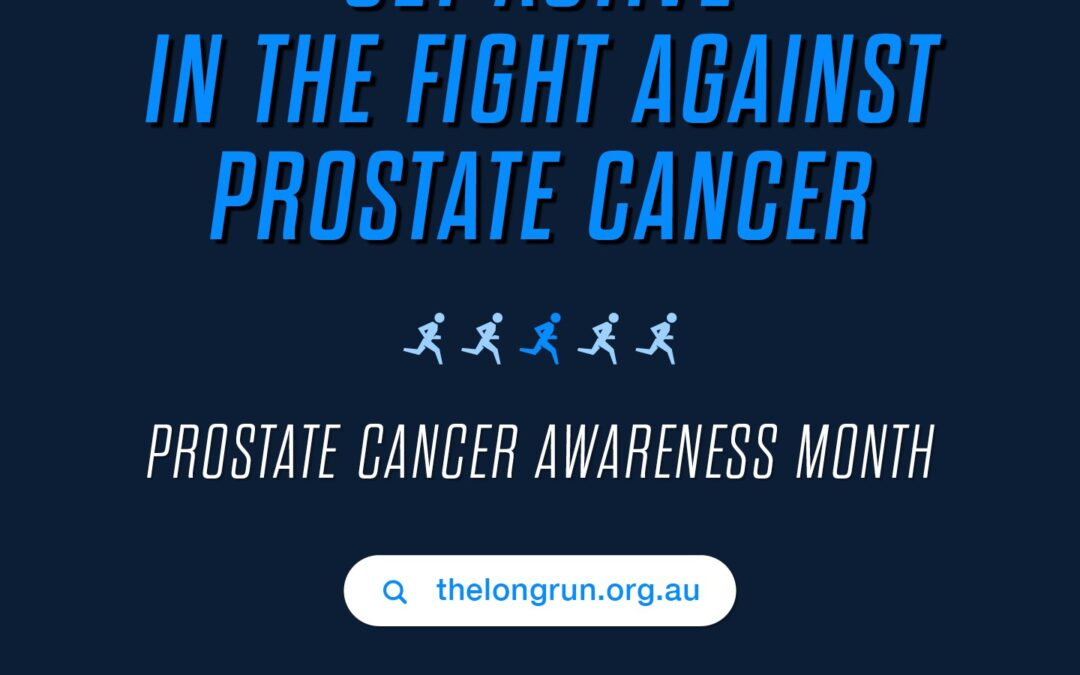Each year in Australia over 25,000 men are diagnosed with prostate cancer.
All of us know someone who has been affected, and yet many of us don’t know what the prostate does, or what prostate cancer is, limiting our understanding of how to detect and treat it.
It’s vital to know your risks and your family history. It could help to save your life.
Your Family History – The Facts
- If your father or brother have ever been diagnosed with prostate cancer, you have twice the average risk of developing the disease.
- If you have two or more close male relatives who have been diagnosed, your lifetime risk of developing prostate cancer increases five-fold.
- Your risk also increases if you have a strong family history of breast or ovarian cancer, especially if a BRCA1 or 2 gene mutation was involved.
Other Risk Factors – Things You Need to Know
- Your risk of prostate cancer increases as you get older.
- Prostate cancer is unique among cancers – we have not yet found a way of preventing it, and we do not know what causes it.
- Scientists have not yet found any strong links between diet and lifestyle and prostate cancer.
Be Aware – Know the Symptoms
- When prostate cancer first develops, there may be no symptoms.
- In later stages, symptoms might include frequent urination, difficulty or pain when peeing, blood in the urine or semen, unexplained weight loss, and body aches.
- It’s important to remember these symptoms could be caused by a range of factors, and do not always mean you have prostate cancer.
Take the Right Action at the Right Time
- The current Australian Guidelines recommend all men discuss their individual risks and detection options with a doctor which may begin with a PSA test and potentially a prostate examination if required – check out the PSA Test Guide for more information.
- If you develop any of the symptoms of prostate cancer, see your doctor straight away. I am happy and able to support you on your health journey too alongside them.
Please note this information is from the Prostate Cancer Foundation of Australia website – where further information and support can be found.

